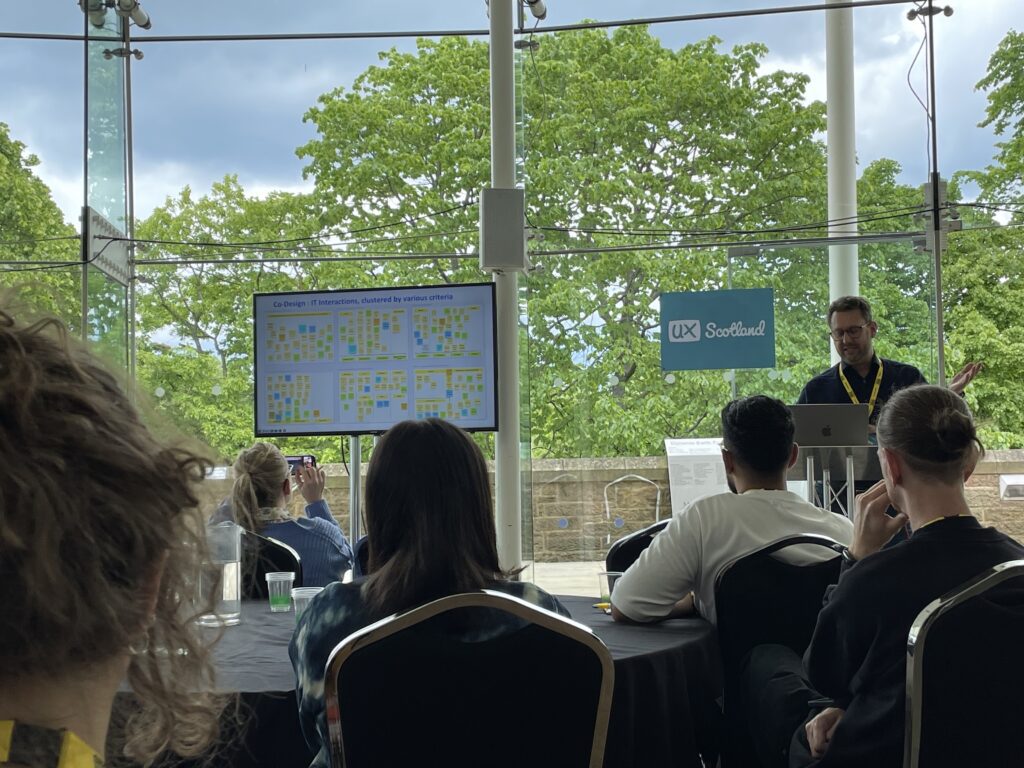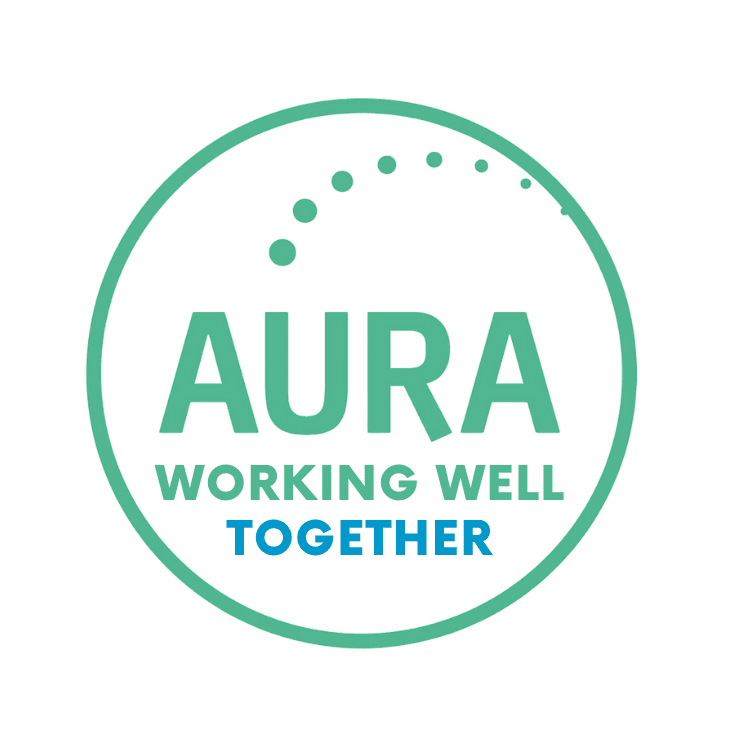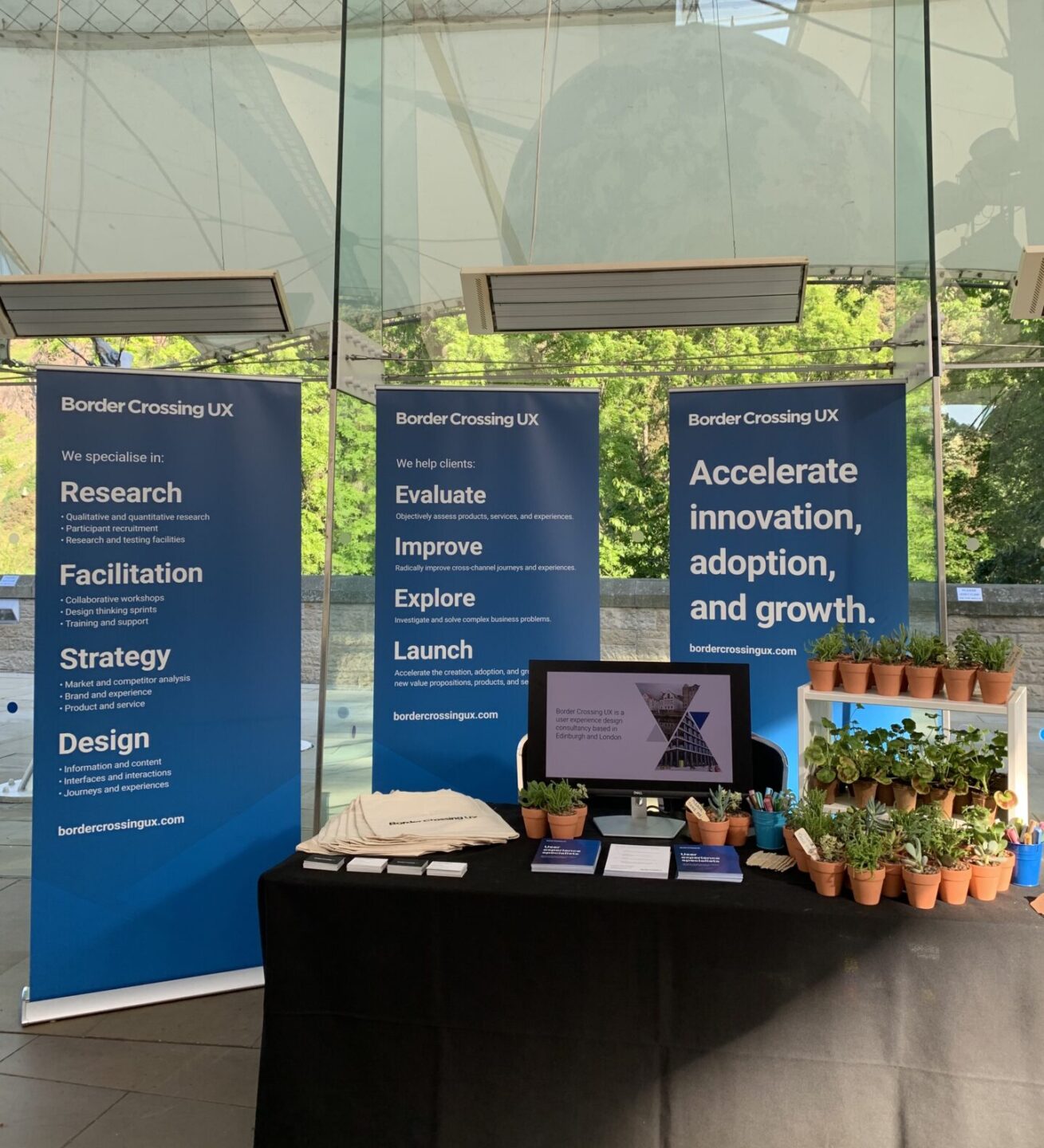At Border Crossing UX we deeply care about making sure any service we work on is as simple to use as possible and quickly meets the need of the user. This is especially important for people dealing with potentially frustrating or stressful situations.

My interest in enhancing healthcare through innovative design led me to attend two UX Scotland conference talks: “Clinicians in pain: Diagnosing and treating problem tech in A&E” and “How Service Design is helping to eliminate Hepatitis C.” They both explored the challenges and successes of using design to improve clinical environments and public health initiatives.
These sessions offered valuable insights into the practical applications of user-centred design, service blueprinting, and inclusive research methodologies. And it was really encouraging to see two very successful projects within such a challenging sector. The business, strategic and financial benefits of good UX design are often focussed on, for good reason. But I think it is important to give weight to the benefits that can come from users feeling more listened to.
Positive impact outwith service improvements
Both talks were interesting practical case studies and they both have left me reflecting on the “softer” benefits of taking a user centred approach.
The business, strategic and financial benefits of good UX design are often focussed on, for good reason. But I think it is important to give weight to the benefits that can come from users feeling more listened to.
There is the potential for a lot of net positive consequences when we show care for humans in stressful situations. Within the healthcare setting this could be patients, family members or clinical staff members. Letting users share their stories can alleviate some of the frustration felt when dealing with a badly designed service. This can leave people feeling more motivated to make their own positive contribution. This effect can compound and remind users that better solutions are on their way. So, even if a project isn’t taken to completion, for example the app isn’t built, there are still benefits to engaging with users.
The importance of shared team values in reaching success
The success of both projects hinged on shared goals and empathy across multi-organisation teams. The design professionals presented user research to guide senior stakeholders. Therefore decisions were driven by a deep understanding of user needs and challenges rather than business metrics or agendas. Ultimately, the alignment of purpose and core values resulted in solutions that were impactful but also meaningful.
The importance of user research in clinical environments
The session “Clinicians in pain…” highlighted the critical role of user research in clinical settings. Conducting research in a high-pressure, dynamic environment like A&E requires careful planning and sensitivity to the unique challenges faced by clinicians.
The talk emphasised the necessity of immersing yourself in the environment to gain a thorough understanding of the issues at hand. By spending several days in A&E, the researchers could observe the natural interactions between clinicians and technology in situ.
This ethnographic approach provided deep insights into the contextual factors that influence technology use. For example; the physical layout of the space, the urgency of tasks, and the interpersonal dynamics among staff. This allowed researchers to pick up on unspoken difficulties clinicians face that they might not mention in an interview. These insights are crucial for designing technology that is functional and seamlessly integrates into the clinicians’ workflow.
This case study emphasised that effective user research in healthcare improves the usability of technology and also significantly enhances the overall efficiency and quality of patient care.
Insights from time and motion studies
The value of time and motion studies was a key takeaway from the “Clinicians in pain” session. By meticulously tracking the tasks performed by clinicians and the time spent on each activity, researchers can identify inefficiencies and bottlenecks in the workflow.
This method provides quantitative data that complements qualitative insights from user interviews and observations. The session illustrated how these studies can reveal the impact of slow or poorly designed technology on clinicians’ productivity and stress levels.
Hence, using insights from time and motion studies into the design process can lead to more intuitive and efficient systems that support clinicians in their fast-paced work environment.
Inclusive design approach in healthcare
The talk “How Service Design is helping to eliminate Hepatitis C” provided a compelling case for the importance of an inclusive design approach in healthcare projects. By focussing on the needs of high risk groups, the team ensured that the resulting service was accessible and effective for those most impacted by Hepatitis C.
This approach not only facilitates user engagement but also ensures that the service is equitable. The session emphasised the significance of considering diverse user needs in the design process to create services that truly resonate with and serve all segments of the population especially those that are hard to reach and most vulnerable.
Designing an end-to-end service
Both sessions highlighted the crucial role of service blueprinting in developing a comprehensive and effective new service. Service blueprinting involves mapping out the entire service journey, which ensures that every touchpoint and interaction is thoughtfully considered and designed.
This holistic approach helps identify potential pain points and areas for improvement, leading to a more seamless and user-friendly experience. Both talks demonstrated how blueprinting facilitated collaboration across various partners and stakeholders. They ensured that all aspects of the service, from initial contact to treatment pathways, were aligned and optimised for the end-users.
Evidence-based influence in design
One of the key takeaways from the sessions was the emphasis on using evidence-based influence to build the right solutions. The team’s reliance on qualitative research and measurable metrics ensured that their design decisions were grounded in real user needs and behaviours. This approach not only enhances the effectiveness of the service but also builds credibility and trust among stakeholders.
The presentations illustrated how data-driven insights can inform design choices and lead to the development of impactful healthcare solutions. They reinforced the importance of a rigorous research methodology. The result of which are products and services that are both user-centric and effective in achieving their goals.
Conclusion
Both projects demonstrated not only significant practical outcomes but also highlighted the importance of prioritising user experiences. Their successes were underpinned by listening to people, understanding their perspectives, and valuing their stories. In doing so, these initiatives highlighted the intangible benefits of a human-centred approach.
Even when not all business goals are met, the projects remain worthwhile and successful from a human perspective. This proves the value of empathy and user engagement in design.


